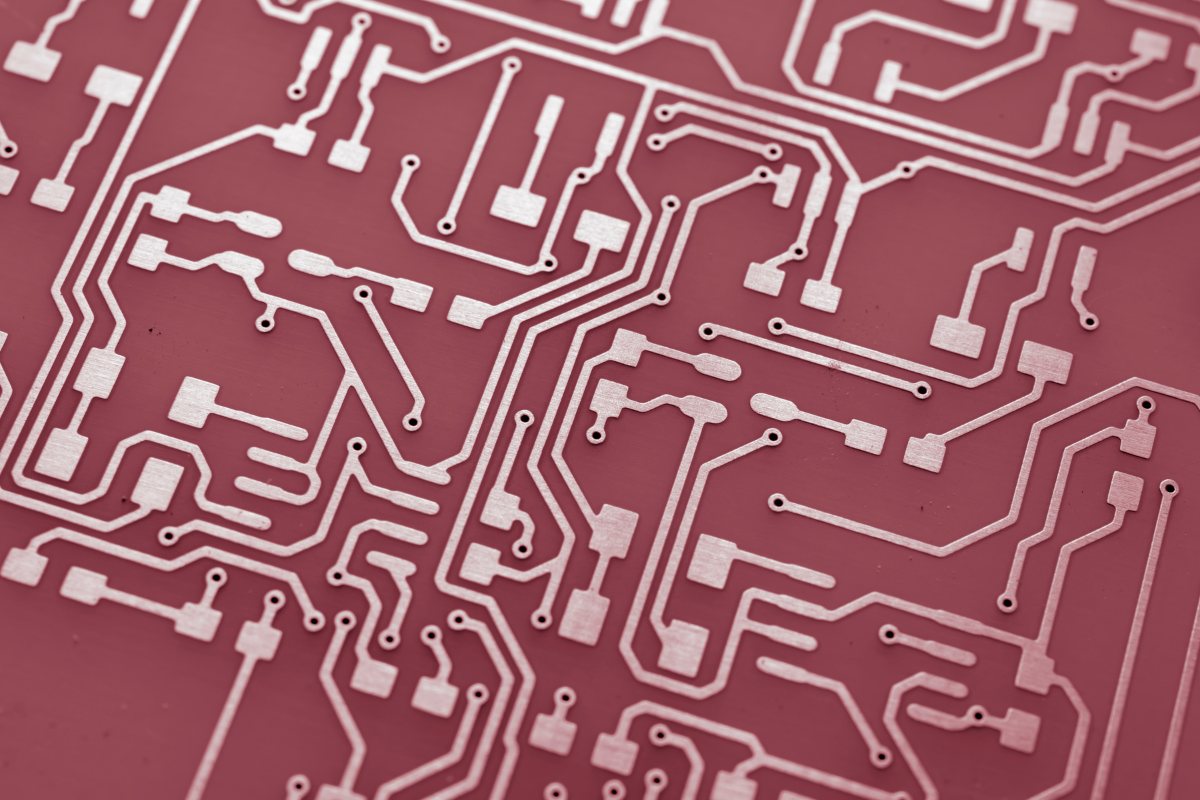오늘날의 설계 환경에서는 엔지니어가 회로의 마스터인 것처럼 설계자가 보드 레이아웃의 마스터가 되는 것은 디자이너의 몫입니다. 보드 디자이너가 이러한 숙련도를 보여줄 수 있는 방법 중 하나는 제조업체의 데이터 시트와 애플리케이션 노트를 읽고 이해함으로써 얻은 고품질 배치 및 라우팅 기술을 활용하는 것입니다.
변화하는 디자이너의 역할
과거에는 설계자가 데이터시트에서 게이트 및 풋프린트 정보만 확인하고 애플리케이션 노트는 거의 읽지 않았습니다. 엔지니어가 부품이나 회로를 설명하고 배치 또는 라우팅의 중요성에 대해 주의를 환기하는 데 의존했습니다.
하지만 오늘날에는 신호의 복잡성, 레이어 구조, 보드 재료의 변화 및 다양한 제조 문제로 인해 설계자의 역할이 더욱 중요해졌습니다. 설계자는 특정 보드에서 신호가 어떻게 반응하고 어떻게 제어할 수 있는지 알아야 합니다. 사소해 보이는 하나의 문제가 보드의 다른 설계 문제에 어떤 영향을 미칠 수 있는지, 즉 회로 엔지니어가 완전히 알거나 이해하지 못할 수 있는 모든 항목을 이해해야 합니다.
제조업체 정보의 진화
디자이너의 요구가 변화하는 것처럼 제조업체 정보도 변화하고 있습니다. 몇 년 전만 해도 필요 없거나 제공되지 않았던 정보가 오늘날에는 포함되어 있습니다. 이러한 정보에는 신호 상승 및 하강 시간, 핀의 소스 및 부하 정보, 전기 임피던스, 단자에 전압이 인가될 때 전기 회로가 전류 흐름에 저항하는 정도를 옴 단위로 측정한 값, 문제, 배치 정보, RoHS 문제, 조립 정보 등이 포함됩니다.
신호 시간이 훨씬 빨라지고 신호를 올바르게 라우팅하려면 훨씬 더 많은 지식과 설계 노력이 필요하기 때문에 부품의 상승 및 하강 시간을 파악하는 것이 훨씬 더 중요해졌습니다. 클럭 속도에만 의존해서는 우리가 알아야 할 것을 알 수 없습니다. 고속 설계 수업에 참석하면 클럭 속도가 느린 보드에서도 제어가 필요한 이유를 설명할 수 있습니다. 안타깝게도 이러한 정보는 제조업체의 데이터 시트나 애플리케이션 노트에 항상 기재되어 있는 것은 아니지만, 가장 먼저 찾아봐야 할 곳입니다.
핀 할당 및 신호 라우팅의 중요성
어떤 컴포넌트가 신호를 발생시킬 수 있는지 모른다면 설계자는 어떻게 컴포넌트를 배치할 수 있을까요? 신호에 중요한 라우팅 기술이나 스텁이 필요한지 모르는 경우 어떻게 기판을 라우팅할 수 있을까요?
스텁은 다양한 용도로 사용됩니다. 예를 들어, 스텁은 클라이언트 컴퓨터에 설치되고 다른 하나는 서버에 설치될 수 있으며, 이 경우 둘 다 특정 보드에서 일부 프로토콜, 원격 프로시저 길이 제어를 해결하는 데 필요합니다. 데이터 시트에 있는 핀 할당을 라이브러리 부품에 통합하고 소스 또는 로드(출력 또는 입력)로 정의하는 동시에 신호의 기능을 버스, 클록, 활성화, 읽기/쓰기 등으로 정의해야 합니다.
이를 통해 레이아웃 및 ECO 프로세스 중에 필요한 정보에 액세스할 수 있습니다. "느린" 보드는 잘못된 배치 및 라우팅 기술에 대해 더 관대하지만, 모든 제조 부품이 점점 빨라지고 있기 때문에 나중에 보드를 수리할 때는 항상 더 빠른 부품을 사용해야 하므로 당장은 관련이 없더라도 이러한 고려 사항을 염두에 두고 보드를 설계하는 것이 좋습니다.
임피던스 사양 및 버스 길이 매칭
제조업체 데이터 시트에는 버스 또는 신호에 필요한 임피던스 사양이 포함되어 있는 경우가 있습니다. 이 정보는 신호 무결성에 매우 중요하므로 가능한 한 이 정보를 따르고 보드 설계에 통합해야 합니다. 해당 임피던스를 얻는 데 사용되는 방법은 요구 사항을 충족하는 것보다 덜 중요합니다.
따라서 제조업체의 정보에 특정 트레이스 폭, 두께, 간격 등이 명시되어 있는 경우 해당 요구 사항을 보드에서 구현할 수 있는지 여부를 결정해야 합니다. 그렇지 않은 경우가 많으므로 설계자는 다른 방법을 사용하여 필요한 임피던스를 충족하는 방법을 계산해야 합니다.
버스 길이 일치 정보는 앱 노트에 포함될 수도 있습니다. 허용되는 길이 스큐(또는 신호 간 도착 시간 차이)는 버스의 수신부에 따라 결정되며 일반적으로 20~60psec(약 0.100~0.300인치에 해당)입니다.
따라서 데이터시트의 정보가 +/- .050인치의 임의로 높은 허용 오차를 제공하는 경우 정확성을 신중하게 고려해야 합니다. 신호가 기판의 내부 레이어보다 외부 레이어에서 더 빠르게 이동하기 때문에 설계자는 길이가 아닌 시간으로 표현된 정보를 선호해야 합니다.
배치 및 라우팅 시 고려 사항
제조업체가 제공한 정보에만 의존하여 부품을 배치하고 라우팅하는 것은 논란의 여지가 있지만 여전히 고려할 가치가 있습니다. 정보가 특정 보드의 모든 특정 문제를 고려하지 않을 수 있지만 설계자는 부품의 요구 사항을 이해하기 위해 제조업체의 기술 데이터를 읽고 이해해야 합니다. 정보가 특정 설계에 유효하지 않은 것 같으면 회로 설계자, 제조 또는 테스트 및 수리 담당자와 논의해야 할 수 있습니다.
새로운 제조 이슈 통합
또한 설계자는 RoHS 규정 준수 정보를 비롯한 새로운 제조 이슈를 부품 및 기판 레이아웃에 통합해야 합니다. 이러한 문제에는 필요한 솔더 마스크 유형 또는 크기, 솔더 페이스트 유형 또는 스텐실 두께, 스퀴지 압력, 페이스트 입구 크기 및 모양, 스텝 스텐실 사양, 세척 정보, 열 주기, 웨이브 및 리플로 납땜 정보 등이 포함될 수 있으며, 이에 국한되지 않습니다.
결론
설계자는 오늘날 필요한 보드 레이아웃 마스터가 되기 위해 기술 데이터와 그에 수반되는 설계 요구 사항을 읽고 통합하는 방법을 배워야 합니다. 새로운 설계가 복잡하든, 개방형이든, 느리든 빠르든, 칩 및 기타 전자 장치의 신호 무결성과 EMI(RFI)가 중요합니다. 허용 한도는 FCC에서 관리합니다. (따라서 보드 성능)은 부품 배치 및 트레이스 라우팅 방식에 따라 영향을 받을 수 있습니다. 설계자는 제조업체가 제공한 정보를 이해하고 해당 데이터를 보드 레이아웃에 통합하는 것이 매우 중요합니다.
